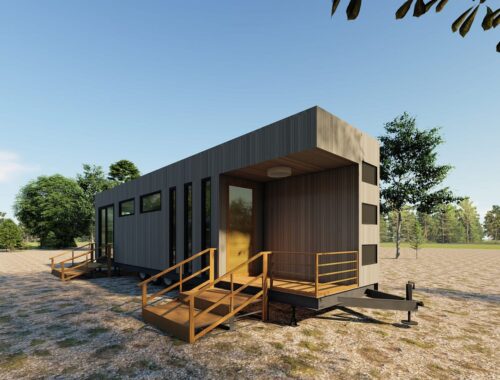Tampa Bay Search-And-Rescue Task Force Now Has Grim Duty
TAMPA, FL — It’s been an emotional roller coaster for members of the Tampa Bay Urban Search and Rescue Task Force 3, now in their second week in the hurricane-ravaged Florida Panhandle.
There have been moments of euphoria after clearing debris from an isolated area and discovering a grateful survivor.
And there have been heartbreaking moments when one of the team’s 12 cadaver dogs sniffs through a pile of debris and then alerts team members with a bark.
Now, nine days into their deployment, there are more of the latter moments than the joyous ones. Most of those who survived the hurricane have been rescued.
Task Force 3, comprised of 72 rescuers from the Hillsborough County Fire Rescue, Tampa Fire Rescue and St. Petersburg Fire Rescue now has the grim mission of combing through the wreckage in search of bodies. It is the only remaining search and rescue team in the Panhandle.
“It’s a difficult effort but is needed to provide closure for the families,” said Ronnie Johnson, a battalion chief with Hillsborough County Fire Rescue.
With communications still down in some parts of the Panhandle, hundreds of family members are anxiously awaiting word of the fate of loved ones. At this point, said Johnson, those family members are prepared for the worst.
Only weeks after returning from its deployment in North Carolina following Hurricane Florence, Task Force 3 was called back to duty just hours after Hurricane Michael made landfall.
The task force is trained and accredited by the Federal Emergency Management Agency, one of 20 teams in the country at FEMA’s beck and call to respond to man-made and natural disasters.
After receiving the call from FEMA, Urban Search and Rescue teams have a six-hour window to mobilize members and load up supplies, gear, search-and-rescue equipment, all-terrain vehicles and shallow-draft boats into the task force’s massive transport vehicles before heading out.
Their specialty is entering damaged, collapsed or flooded structures in search of people who are trapped.
It’s a dangerous job. One misstep could send a building tumbling down on top of task force members or electrocute them with 1,000 volts from an overlooked downed power line.
The work is often grueling. Their days begin at the crack of dawn with a briefing by team leaders and often don’t end until well into the night.
There are no cushy beds in the Governor’s Mansion awaiting them at the end of the day. They sleep on cots inside tents and eat their meals on tables set up outdoors.
After the four-hour drive to the Panhandle, Task Force 3’s first duty was cleaning debris from the runways of Tallahassee International Airport so planes could deliver supplies. The members then set up bases in the Apalachicola and St. Mark’s River areas where they focused on rescuing survivors.
Now the task force has relocated to what used to be the community of Mexico Beach before 155-mph winds and a 12-foot storm surge turned it into something resembling a war zone.
Hurricane Michael left no structure untouched. The storm surge lifted 3,000-pound cars and boats as if they were mere toys and deposited them in the middle of roads and on top of collapsed buildings. Buildings that stood for decades simply disappeared into the ocean. Entire neighborhoods were flattened, making it impossible for families to distinguish the places they once called home.
Click Here: cheap rugby league jerseys
Gaining access to some areas is a challenge. Roads have buckled and crumbled and there’s no way to get in from the ground. Therefore, Florida National Guard Chinook helicopters are used to transport task force members and their ATVs to isolated areas or to barrier islands along the coast.
“It’s a long tedious process,” said Johnson. “But the reward is being able to help those during the most heartbreaking time of their lives.”
And every once in awhile, the team sees something that gives them hope: a scraggly dog eager for human companionship or an American flag intact in a building that’s little more than ruins.
“There really is no way to prepare — just training. I’ve been on previous deployments and stuff, and I’ve gone through some hurricanes in the past. We just take it as it comes,” said Capt. Andy Capeletti of Hillsborough County Fire and Rescue.
Photos via Task Force 3
(For more local news from Florida, click here to sign up for real-time news alerts and newsletters from Patch. If you have an iPhone, click here to get the free Patch iPhone app; download the free Patch Android app here.)
You May Also Like

シャーシ設計の最適化手法とその応用
March 20, 2025
AI in Fashion: Revolutionizing Design, Shopping, and Sustainability for a Smarter Future
February 28, 2025